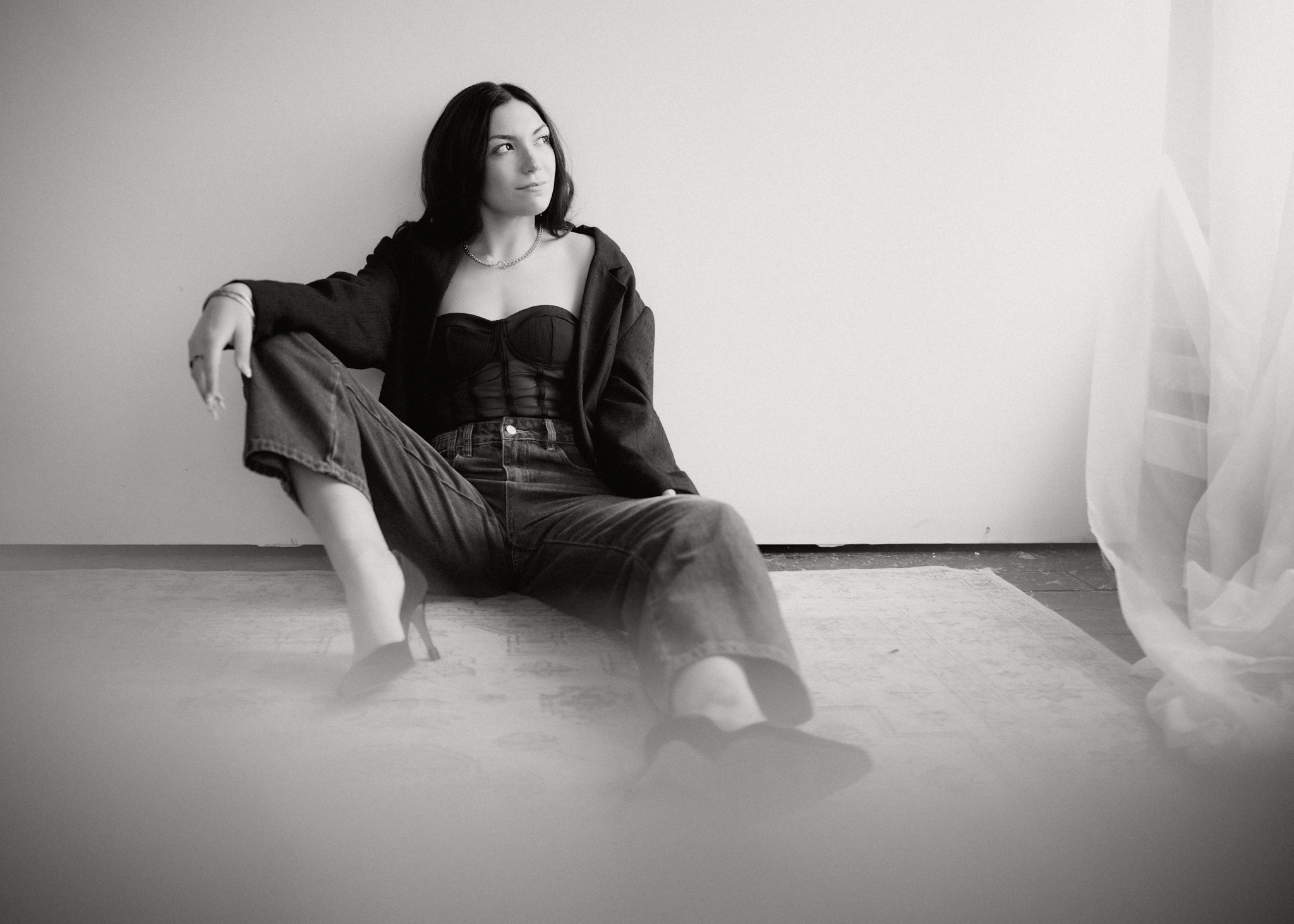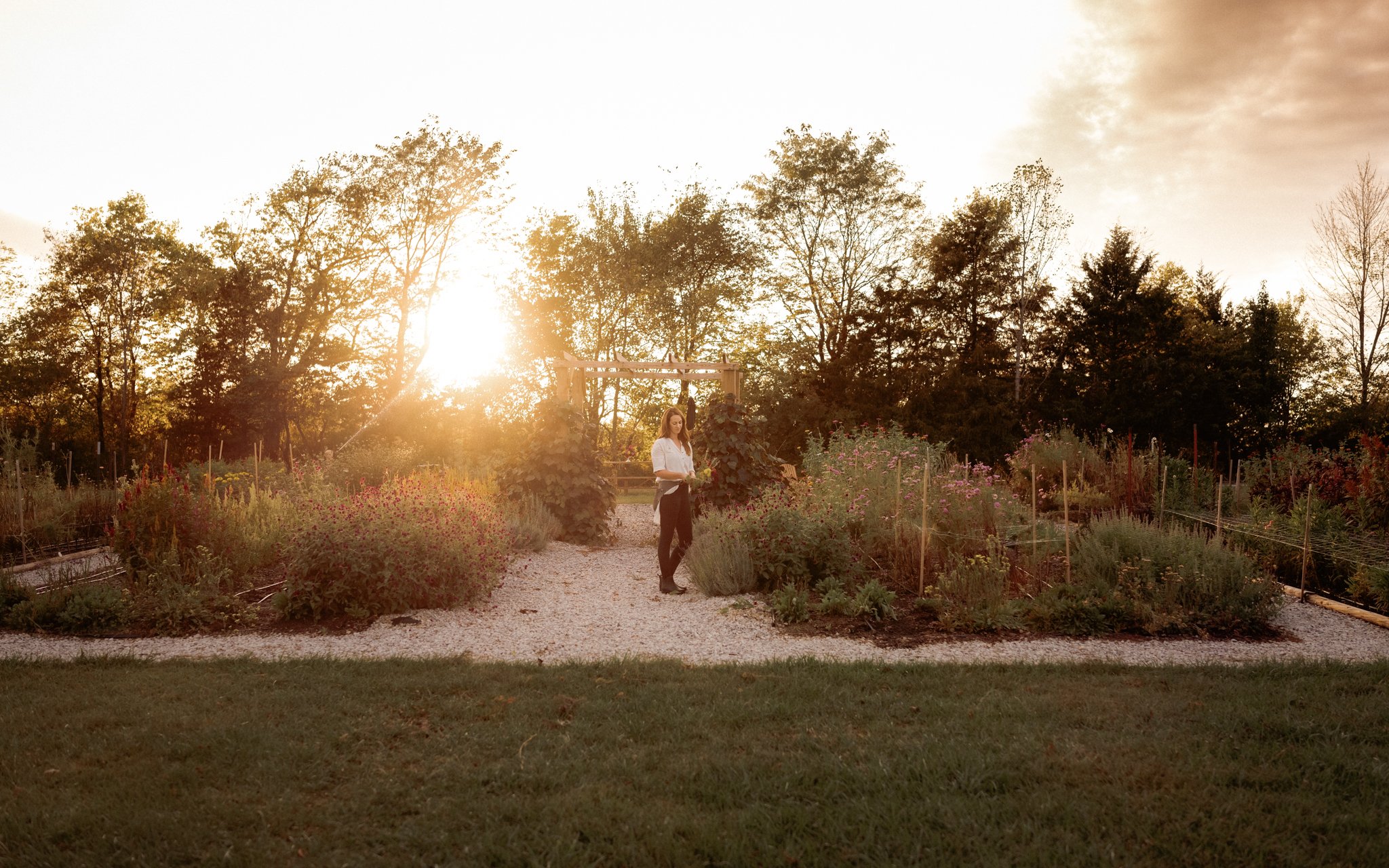Why You Need Personal Branding Photos Instead of Headshots
Add Consistent Visual Storytelling Photos to Your Marketing Plan and Watch Your Business Grow
You've invested the time, the passion, and the money. You've researched your market and your competitors. You've analyzed your strengths and weaknesses, created a business plan, and developed a strong personal brand.
Now that it's time to market your business, you must include visual storytelling photos taken by a professional personal branding photographer.
But what is visual storytelling?
Visual storytelling uses images, videos, gifs, illustrations, or any other visual medium to tell a story. Think about the picture books when you were a kid. Lots of images. Not a lot of words. But you still got the gist.
Now, apply the same technique to your brand story and use it on your website, social media, and print advertising. And make sure it connects with your target customer.
Because visual storytelling is such a potent form of communication, it can:
Establish an emotional connection
Help you stand out in your market
Build trust
Create and reinforce your brand
But surely you can develop a solid visual identity with phone snaps and stock photos, right? Wrong! Let me blow your mind with some stats accumulated by Jen Adamski, in her article, "The Power of Visual Storytelling: Why Images Speak Louder than Words":
An MIT study found that content with visually appealing imagery received 94% more views than content without.
Consistent brand presentation across all platforms can increase revenue by up to 23%.
Visual content is processed 60,000 times faster than text, and people remember 80% of what they see compared to only 20% of what they read.
But what kind of imagery do you need: headshots or personal branding photography?
A headshot puts a face to a name, but personal branding photography is a form of visual storytelling that thoroughly introduces you to your ideal clients. They get to know your personality -- quirks and all -- and get a glimpse of the business behind the scenes.
What is a headshot?
A professional headshot is a close-up portrait of your face and shoulders. The photographer will position the subject in a forward-facing pose or at a slight angle to the camera.
Often, headshots use a plain, single-colored backdrop like white, black, gray, brown, or blue.
They are often associated with executive-level professionals and real estate agents. They are a fabulous visual tool for larger companies whose clients want to put a face to a name.
You need a headshot if you're:
a CEO or corporate professional
planning to use the photo on a business card or badge
on a Meet the Team webpage or LinkedIn
an actor or author
But for a small, personal brand, a headshot can feel stuffy, corporate, and boring. And that's different from the message most people want to convey about their business.
What is personal branding photography?
Personal branding photos are a form of visual storytelling that conveys the narrative of your business. Depending on the business model, they can be a hybrid of personal branding portraits, behind-the-scenes photos, and product images. These photos are infused with brand messages and constructed to target your potential customers. Their goal is to make people feel like they know and trust you through the pictures on your website.
The popularity of branding photos has increased considerably in recent years due to the increase of digital marketing and social media and the constant need for more marketing material.
Solo entrepreneurs are also on the rise. According to an article by Terri Lonier, Forbes and Statista both project that the number of freelancers in the United States will increase by 51% in 10 years.
Many of those people are the face of their brand and will need a visual identity to further their business goals!
Personal branding photos are more intentional and creative than traditional headshots. Each element, including the location, props, poses, and prompts, contributes thoughtfully to your brand's narrative.
Location: You can opt for a studio shoot or something outdoors, but think about where your brand's story takes place and hold your brand photoshoot there!
Props: Do you sell physical products? Use them. What do you touch in a day while working behind the scenes? If they add to the narrative, include them. What items will help target your potential customers? I've seen brands use champagne and luxury items in a shoot to appeal to high-end clients. Think about what will connect with your people and add them to the prop list.
Poses & Prompts: Is your brand traditional or untraditional? Formal or informal? Defining your brand before the shoot lets your personal branding photographer determine poses and prompts that match your messaging.
Why would I need personal branding photos?
You can use branding photos and visual storytelling on your website, social media platforms, blog posts, marketing materials, and emails.
Small-to-medium-sized businesses with a web presence (and who doesn't have a website these days, amirite!) should invest in personal branding photography because it:
communicates your brand story
positions you as an expert in your chosen field & instills confidence
sets you apart from the competition
enables you to book more business/expand
targets and attracts your ideal client
gives potential clients a glimpse into you
sets expectations for new clients
If done correctly, your personal branding photos will turn some customers off. Don't worry. That's what we've designed them to do. Every brand has an ideal customer, and they are the people we want to target.
When do I need to invest in personal brand photos?
If you're at the point where you're looking for artwork, you've already taken a deep dive into brand development and honed in on your niche clientele.
To effectively target your ideal client, your photographer must understand your business goals and values to create visuals that further your brand messaging. To do that, I have my clients fill out a brand questionnaire and hold a pre-session consultation with them.
Does your small business need both headshots and branding photos?
Maybe, but maybe not.
Let me give you some examples. Let's say you're an accountant at a large firm. While you're a valued team member, you're not the face of the firm. You'd need a professional headshot for your company's website, your LinkedIn profile, and any other application that might come up. But you won't need personal branding photos since you aren't the brand.
After a year, though, you leave the accounting firm to start your own business. You need a website, social media presence, and marketing materials to set out your shingle effectively. In this case, you'll want a headshot and personalized brand photos. You'll need to be able to help potential clients understand you and what differentiates your service with unique storytelling images. However, you’ll still need a formal headshot for publications and your LinkedIn profile.
As a photographer, I need personal brand photos as well. But because of the types of images I shoot, I haven't used -- or even thought about taking -- a formal headshot. Don't get me wrong, I have pictures of my face on my website and socials, but they all have more of an artistic flare than a standard headshot. When I write blogs for other companies, I attach one of those images rather than a standard headshot. Formal is off-brand for my business.
What's the financial investment for personal branding photos?
The cost of a personal branding session varies greatly depending on the photographer's experience, the session add-ons (like make-up and wardrobe styling), the area you live in, and the packages they provide.
If you would like to get an idea of my fee structure, please head to my website. It'll lay out what you can expect when you work with me.
The impact of hiring a professional photographer to create visual storytelling and personal brand photography is profound and worth the investment.
It connects your brand to your audience, makes it stand apart in a crowded market, educates potential clients, builds trust in your brand, and communicates emotionally.







